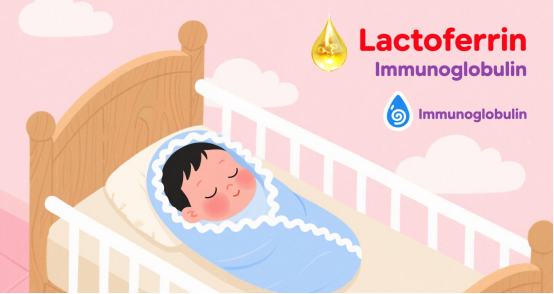When it comes to the world of geology and mineralogy, few topics spark as much intrigue as the concept of unbreakable stones. Among the myriad of minerals found within the Earth’s crust, one stands out for its unparalleled hardness and resilience: diamond. This article delves into the unique properties of diamond, exploring why it is often considered the stone that is impossible to break, while also examining its applications, formation, and the science behind its extraordinary durability.
The Science of Hardness: Understanding Diamond
Diamonds are renowned for their exceptional hardness, which is quantified on the Mohs scale of mineral hardness. This scale ranges from 1 (talc) to 10 (diamond), with diamond being the hardest known natural material. The hardness of diamond is attributed to its unique crystal structure, where each carbon atom is tetrahedrally bonded to four other carbon atoms through strong covalent bonds. This arrangement creates a three-dimensional network that is incredibly stable and resistant to deformation.
The Formation of Diamonds: Nature’s Masterpiece
Diamonds are formed deep within the Earth’s mantle under conditions of extreme pressure and temperature, typically at depths of 150 to 200 kilometers. The process can take millions to billions of years, and it begins with carbon sources, which can originate from organic materials or carbon-rich minerals. Over time, these carbon sources undergo metamorphosis, crystallizing into the diamond structure we recognize today.
There are two primary types of diamonds: natural and synthetic. Natural diamonds are formed through geological processes, while synthetic diamonds are created in laboratories using methods such as High Pressure High Temperature (HPHT) and Chemical Vapor Deposition (CVD). Despite the differences in origin, both types exhibit similar physical properties, including hardness.
Why Diamonds Are Considered Unbreakable
While no material is entirely impervious to damage, diamonds are often regarded as unbreakable due to their hardness. However, it is essential to clarify that while diamonds can withstand significant pressure and scratching, they can still be chipped or fractured if struck with enough force at certain angles. The crystal structure of diamonds makes them susceptible to cleavage, which is the tendency to break along specific planes of weakness. This means that while they are incredibly tough, they are not indestructible.
Applications of Diamonds: Beyond Jewelry
The remarkable properties of diamonds extend far beyond their aesthetic appeal in jewelry. Their hardness makes them invaluable in various industrial applications. Diamonds are used in cutting, grinding, and drilling tools, where they can efficiently cut through other hard materials. For instance, diamond-tipped saws and drill bits are essential in construction and mining industries.
Moreover, diamonds are increasingly being utilized in technology. Their thermal conductivity and electrical insulating properties make them ideal for high-performance electronic devices and heat sinks. Researchers are also exploring the potential of diamonds in quantum computing and photonics, where their unique optical properties can be harnessed for advanced applications.
The Future of Diamonds: Sustainability and Innovation
As the demand for diamonds continues to grow, so does the need for sustainable practices in their extraction and production. Ethical concerns surrounding diamond mining have led to the rise of lab-grown diamonds, which offer a conflict-free alternative to natural diamonds. These synthetic stones not only reduce environmental impact but also provide consumers with a more transparent purchasing option.
In addition, advancements in technology are paving the way for innovative uses of diamonds. From medical applications, such as diamond-coated surgical tools, to their role in renewable energy technologies, the future of diamonds appears bright and full of potential.
Conclusion: The Indestructible Allure of Diamonds
In conclusion, while diamonds may not be entirely unbreakable, their exceptional hardness and unique properties make them the stone that is often deemed impossible to break. Their formation, applications, and the ongoing innovations surrounding them highlight the significance of diamonds in both nature and human industry. As we continue to explore the depths of this remarkable mineral, we uncover not only its beauty but also its potential to shape the future of technology and sustainability. Whether in the form of a dazzling engagement ring or a cutting-edge industrial tool, diamonds remain a testament to the wonders of the natural world.


More Stories
2205 Stainless Steel Coil: The Ideal Material for Strength, Safety, and Efficiency
Future Trends in Iron-Based Powders 420 for Advanced Industrial Applications
Top Benefits of Using Galvalume Steel Sheet Coils in Modern Architecture